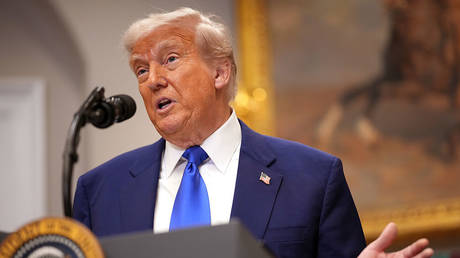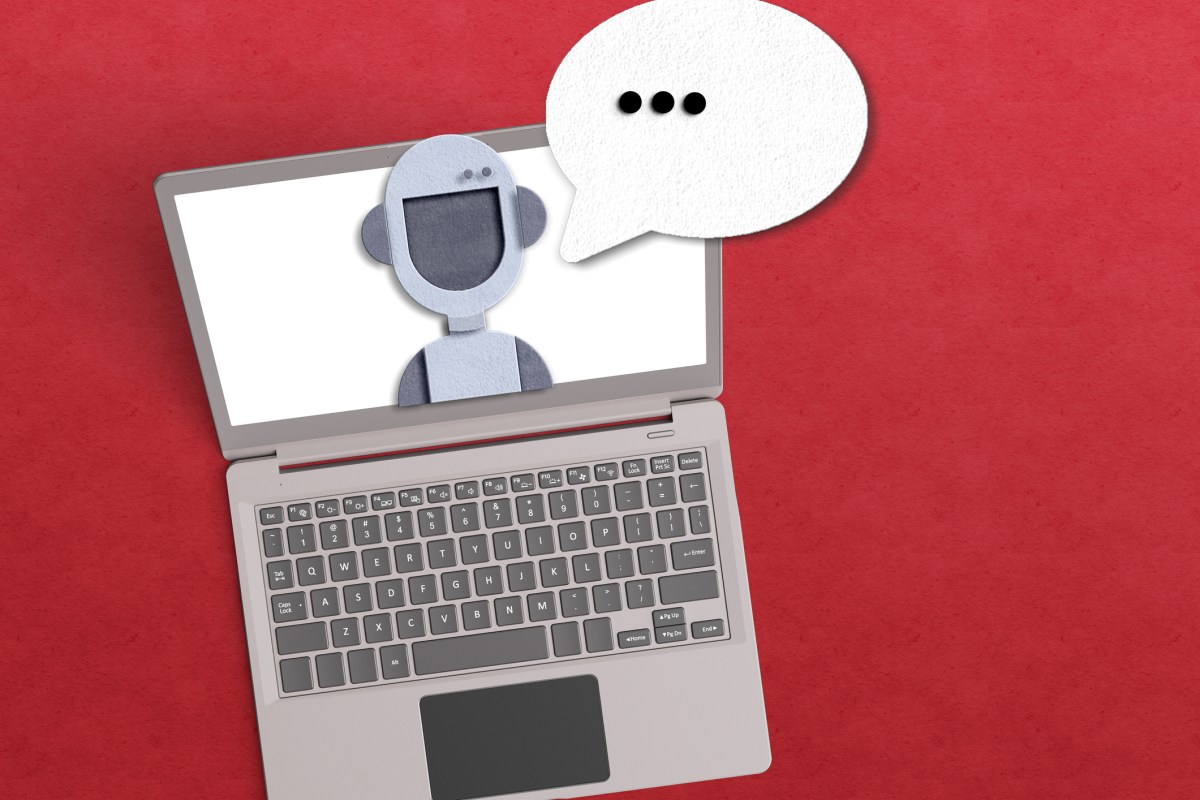Essential Business Card Facts for Networking Success and Brand Identity

Key Takeaways

- First Impressions Matter: Your business card serves as a crucial first connection with potential clients, making its design and content essential for conveying professionalism.
- Key Elements for Impact: Include vital information such as your name, business name, and contact details, ensuring clarity and easy readability for quick recognition.
- Understanding Usage Statistics: With billions of business cards printed annually, it’s crucial to create effective designs, as a significant percentage are discarded shortly after being received.
- Digital and Print Trends: The growth of the digital business card market signals a shift towards efficient, tech-savvy networking solutions, while traditional print cards remain relevant.
- Follow Best Practices: Consistent branding, quality materials, and clear messaging enhance the effectiveness of your business cards, improving customer acquisition rates.
- Avoid Common Pitfalls: Steer clear of cluttered designs and outdated information to ensure your business card effectively supports your marketing strategy and networking efforts.
In today’s fast-paced business world, first impressions matter more than ever. Your business card is often the first tangible connection potential clients or partners have with you. It’s not just a piece of paper; it’s a powerful marketing tool that can convey your brand’s identity and professionalism in an instant.
Did you know that the average person spends just seven seconds looking at a business card? This brief window of opportunity means you need to make every detail count. From design choices to essential information, understanding the facts behind business cards can elevate your networking game. Let’s dive into some intriguing insights that could transform how you approach your next card design.
Overview Of Business Cards

Business cards play a crucial role in representing your small business and facilitating effective networking. These essential tools encapsulate your brand identity, making a strong impression on potential clients and partners.
Definition And Purpose
A business card is a small, printed card that contains your name, business name, contact information, and other identifiers like a logo or tag line. The primary purpose of a business card is to provide a tangible way for you to convey your brand’s message and ensure others can connect with you easily. This simplicity allows for quick distribution in various settings, from networking events to casual meetings, enhancing visibility and accessibility.
Importance In Networking
Business cards significantly impact networking by serving as a vital communication tool. They help set the tone for professional relationships and showcase your commitment to your business. You transmit essential information succinctly while reinforcing your brand’s image. Engaging with potential clients, partners, or team members becomes streamlined when you can hand over a card that highlights your core offerings.
Having well-designed business cards supports your marketing strategy and can boost customer acquisition efforts. They serve as a physical touchpoint that people can remember long after initial contact, which improves customer retention rates. Effective cards facilitate word-of-mouth referrals as recipients are more likely to pass along your card than just a conversation.
History Of Business Cards

Business cards play a crucial role in professional networking and communication. Understanding their history enhances appreciation for their significance in today’s small business landscape.
Origin And Evolution
Business cards trace their origins back to the 15th century in China, where “visiting cards” served to announce the presence of aristocrats or to request meetings with influential figures. By the 17th century, Europe adopted this practice, particularly in France and England, where they evolved into “calling cards.” These cards, often engraved or embossed with gold, reflected the social status of their bearers. The evolution of these cards mirrors changes in business practices and relationships, making them a vital tool for establishing connections and networks in a competitive market. As you navigate business operations, leveraging the tradition of business cards can bolster your marketing strategy and enhance customer acquisition.
Cultural Variations
Cultural differences shape the design and usage of business cards around the world. In many Asian countries, presenting a business card involves a ceremonial exchange, emphasizing respect and etiquette. Cards often include both English and native language text, catering to international business dynamics. Conversely, in Western cultures, business cards serve as straightforward marketing tools, focusing on essential contact information and branding. These variations highlight the importance of effective communication skills and cultural awareness in business development. Understanding these practices can help you foster better relationships in global markets and enhance your business growth strategies.
Design Considerations

When designing a business card, several key considerations ensure it effectively reflects your brand and leaves a strong impression.
Essential Elements
Include essential elements like your logo, name, business name, and contact details on your card. Choose a font that echoes your brand identity, ensuring all text is at least 8pt for readability. Highlight crucial information like your name or business name in larger or bold fonts. Organizing your information clearly assists in quick recognition and improves customer service by making it easy for potential clients to reach out.
Creative Trends
Explore creative trends to stand out in the competitive landscape of small business marketing. Consider using unique shapes, like square cards or those with rounded corners, to differentiate your brand. Integrate color schemes that align with your brand identity, and remember that blue often instills trust while red can energize your audience. Incorporating a layout that flows well not only enhances visual appeal but also elevates your marketing strategy, making your business card a powerful tool for customer acquisition and retention.
Statistics About Business Cards

Business cards play a crucial role in the marketing strategies of small businesses. Understanding the statistics surrounding their use can enhance your overall business operations.
Impact On Marketing
- Approximately 10 billion business cards are printed annually worldwide, enough to cover 40 football fields daily.
- In the U.S., 27 million business cards are printed daily, highlighting their massive presence in the marketing landscape.
- About 88% of printed business cards are discarded within a week. Most recipients—63%—throw them away because the promoted services aren’t needed at the moment. This statistic emphasizes the need for effective design and targeted distribution to maximize customer acquisition.
Digital Vs. Print Business Cards
- The traditional business card market is projected to reach $242.3 million by 2027, achieving a compound annual growth rate (CAGR) of 11.2% from 2021 to 2027. This growth reflects ongoing demand for print options in branding efforts.
- In contrast, the digital business card market is expected to reach $389.3 billion by 2032, growing at a CAGR of 10.01%. This transition indicates that many small businesses recognize the advantages of technology solutions for networking and customer management.
- Currently, 37% of businesses and 23% of individuals are using digital business cards. This demonstrates a shift towards more efficient, environmentally friendly options that can support effective project management and streamlined business processes.
Tips For Effective Business Cards

Creating effective business cards boosts your small business’s visibility and makes a lasting impression. Implement the following tips to enhance your business card strategy.
Best Practices
- Design Consistency: Ensure your business card design aligns with your branding. Use consistent colors, typography, and logos to reinforce brand identity.
- Clear Information: List essential details like your name, title, business name, phone number, email, and website. This clarity improves contact ease.
- Quality Materials: Choose durable materials that convey professionalism. High-quality cardstock enhances tactile impressions and longevity.
- Unique Features: Incorporate unique elements such as rounded corners or embossed logos. These details differentiate your card in competitive networking.
- Call to Action: Include concise calls to action, like “Visit our website” or “Schedule a consultation.” This encourages immediate engagement.
- Digital Forwarding: If relevant, consider integrating QR codes leading to your website or digital portfolio. This bridges the gap between physical and digital marketing.
Common Mistakes To Avoid
- Overcrowded Design: Avoid cluttering your card with excessive information. Space enhances readability and focuses attention on key details.
- Ignoring Target Audience: Don’t overlook your target audience’s preferences in design aesthetics. Tailoring your card to their tastes elevates relevance.
- Neglecting Contact Updates: Ensure your information remains current. Distributing outdated cards confuses potential clients and hinders communication.
- Low-Quality Printing: Skimping on printing costs often results in poor-quality cards. Cheap materials reflect negatively on your brand’s image.
- Inconsistent Branding: Straying from your established branding dilutes your identity. Each touchpoint should encapsulate your business essence.
- Forgetting to Follow Up: After distributing business cards, don’t forget to follow up with potential leads. Consistent engagement increases customer acquisition chances.
Adhering to these best practices while avoiding common mistakes optimizes your business cards, enhancing your overall marketing strategy and supporting your small business growth.
Conclusion

Your business card is more than just a piece of paper; it’s a vital tool for making connections and leaving a lasting impression. By understanding the nuances of design and distribution, you can elevate your networking efforts and enhance your brand’s visibility.
Embrace the evolving landscape of business cards, whether through traditional or digital formats. Each card you hand out represents an opportunity to engage with potential clients and partners.
As you refine your approach, remember that thoughtful design and strategic distribution can significantly impact your success. Make your business card a reflection of your professionalism and creativity, and watch as it opens doors to new possibilities.
Frequently Asked Questions

What is the purpose of a business card?
A business card serves as a convenient marketing tool that provides essential contact information and reflects your brand identity. It is crucial for making a strong first impression and facilitating effective networking in a fast-paced business environment.
Why are business cards important for networking?
Business cards are vital for networking as they allow quick distribution of contact information. They serve as memorable touchpoints that set the tone for professional relationships and reinforce brand image, ultimately aiding in customer acquisition and retention.
How has the use of business cards evolved over time?
Business cards trace their origins to 15th century China and evolved into calling cards in Europe by the 17th century. Their development reflects changes in business practices and social interactions, making them essential for establishing connections in today’s competitive market.
What should I include on my business card?
Essential elements on your business card should include your name, business name, contact details, and logo. Prioritize clear organization and readability while ensuring that the design aligns with your brand identity for maximum impact.
What are some common mistakes to avoid when designing business cards?
Avoid common mistakes such as overcrowding the design, using low-quality materials, and neglecting target audience preferences. Ensure that your information is current and consistent with your branding and remember to follow up with potential leads.
How have digital business cards changed the landscape?
Digital business cards are gaining popularity as efficient and environmentally friendly alternatives to traditional cards. With 37% of businesses utilizing them, this shift is projected to grow, highlighting the need for adaptable networking solutions in modern business.
Image Via Envato
This article, "Essential Business Card Facts for Networking Success and Brand Identity" was first published on Small Business Trends
What's Your Reaction?
 Like
0
Like
0
 Dislike
0
Dislike
0
 Love
0
Love
0
 Funny
0
Funny
0
 Angry
0
Angry
0
 Sad
0
Sad
0
 Wow
0
Wow
0




























































































